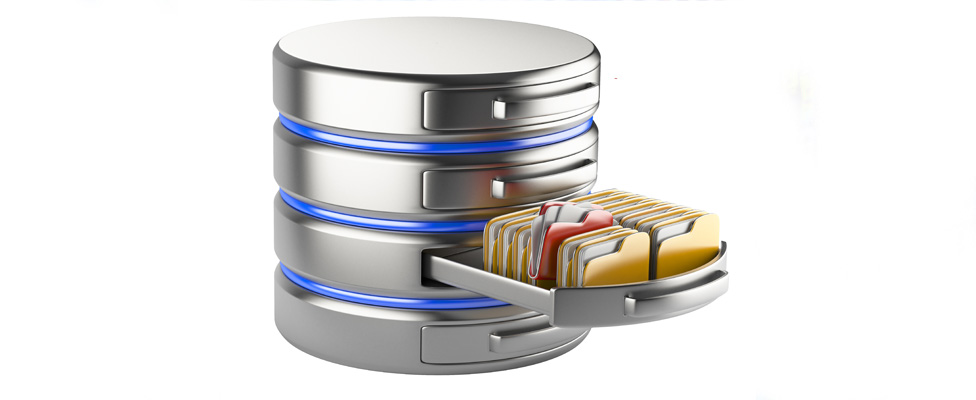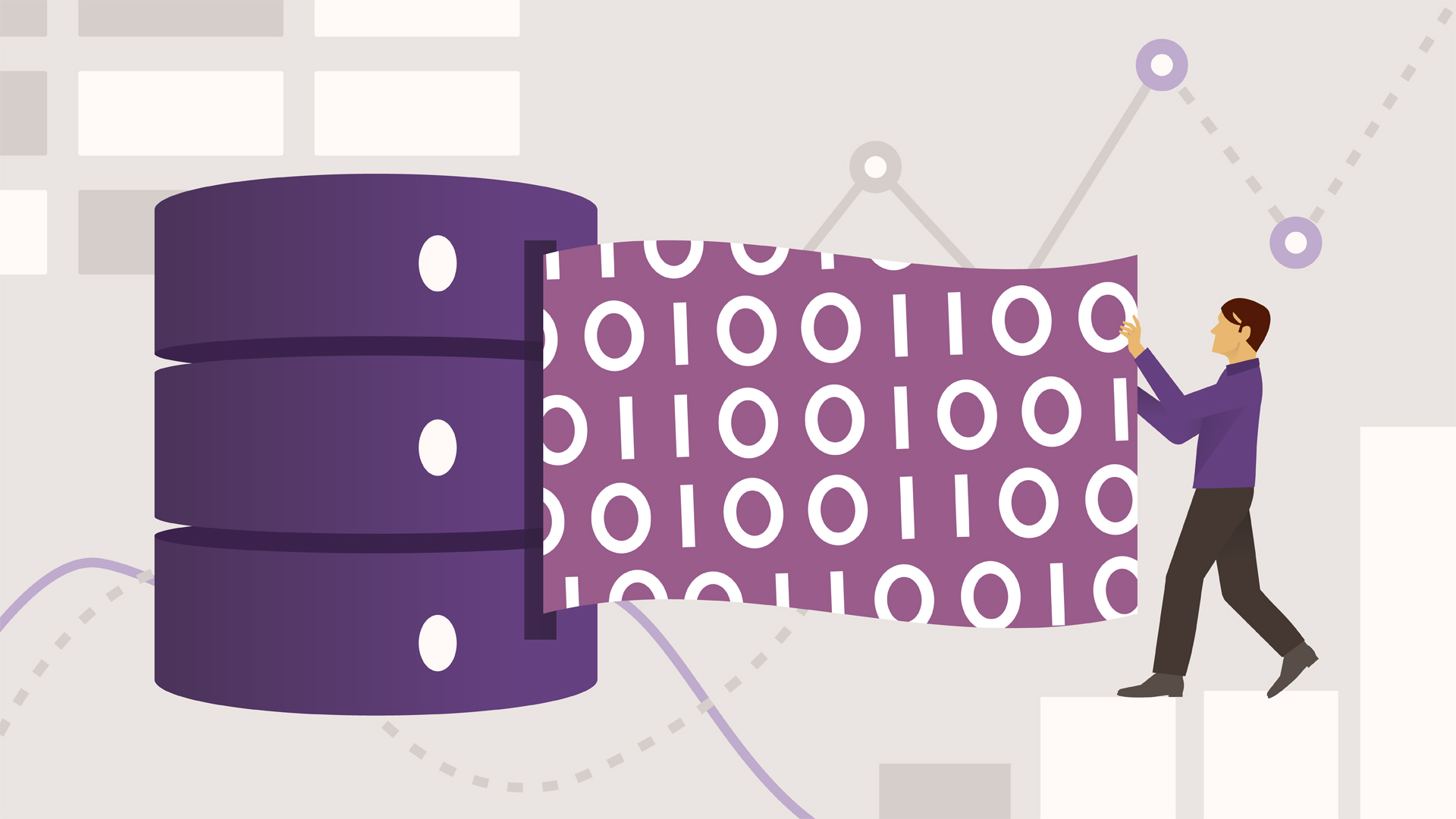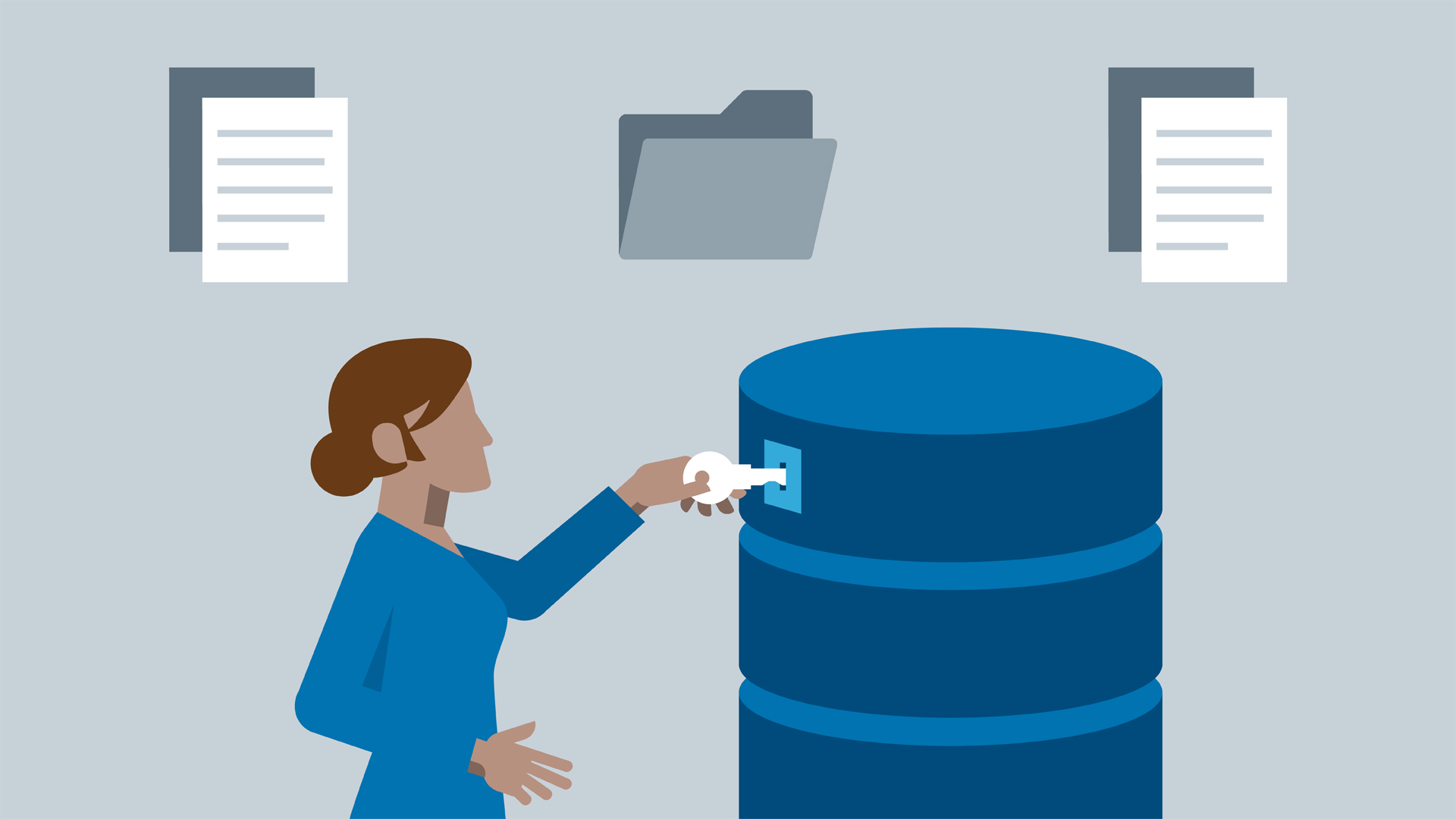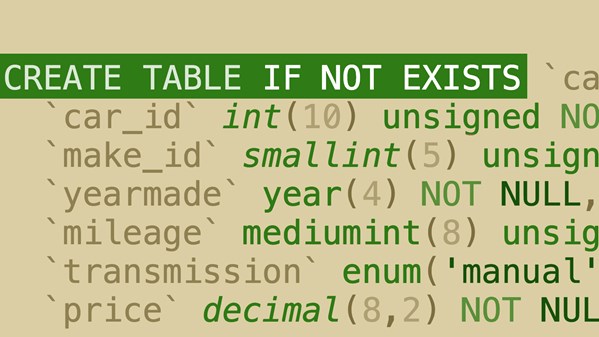
Kunnen herbruikbare diensten een rol spelen in het beheer van grote hoeveelheden data? Hoe kunnen we het volume beperken? De kwaliteit garanderen? De kosten beheersen?
Verschillende specialisten zullen dieper ingaan op herbruikbare diensten voor het beheren, kwalitatief verbeteren, opslaan en archiveren van grote datasets.

Do you rely on IT to get the data you need? Are you often stuck waiting in line for data, and wish you could just retrieve it yourself? In this course, learn how to get the data you want by writing a bit of SQL code. You won't just be able to pull data out of the database; you'll be able to manipulate it: merging it, grouping it, and relabeling it to get just the report you want. Join Emma Saunders as she shows how to write simple SQL queries for data reporting and analysis. Learn how to filter, group, and sort data, using built-in SQL functions to format or calculate results. Discover how to perform more complex queries, such as joining data together from different database tables. Last but not least, she introduces views, procedures, functions, and variables.
Topics include:
- Retrieving data with SELECT statements
- Filtering and sorting your results
- Transforming results with built-in SQL functions
- Grouping SQL results
- Merging data from multiple tables
- Using variables, functions, and procedures

Ongoing, regular administration is critical to the security and performance of databases such as Oracle and SQL Server. It's also a key topic of the Microsoft Technology Associate (MTA) Exam. Whether you're studying to pass the test or simply to keep
your admin skills up to date, this course will cover the most current techniques and best practices for administering a database. Adam Wilbert covers the core concepts, including securing the server with user authentication and roles, assigning object-level
permissions, and performing a backup and restore. Along the way, he'll provide tips for working with SQL Server Management Studio and some challenges to help you practice what you've learned.
Note: This course will also prepare certification
candidates for the "Administer a database" domain of the Microsoft Technology Associate (MTA) Exam 98-364, Database Administration Fundamentals.

Get up and running with Oracle Database 19c, the latest version of the popular relational database management system (RDBMS), and learn how it can help enhance your database design and deployment process. Throughout this course, instructor Bob Bryla covers the fundamentals of administering Oracle Database 19c. Discover how to install the RDBMS on Linux, manage the database and query tables using the SQLcl command-line tool, and efficiently move data in and out of your database tables using SELECT and DML statements, respectively. Plus, learn how to create, assign, and drop tablespaces, as well as how to create and drop user accounts.

Data scientists create data models that need to run in production environments. Many DevOps practices are relevant to production-oriented data science applications, but these practices are often overlooked in data science training. In addition, data science and machine learning have distinct requirements, such as the need to revise models while in use. This course was designed for data scientists who need to support their models in production, as well as for DevOps professionals who are tasked with supporting data science and machine learning applications. Learn about key data science development practices, including the testing and validation of data science models. This course also covers how to use the Predictive Model Markup Language (PMML), monitor models in production, work with Docker containers, and more.
Topics include:
- Using Git for version control
- Incorporating model testing into the deployment process
- Working with the Predictive Model Markup Language
- Securing the data science models in production
- Monitoring models in production
- Creating a Dockerfile for data science models

MySQL is one of the most widely used database systems for dynamic websites and content management systems. And phpMyAdmin is the most common method of administering a MySQL database, included in many CMSs as well as the XAMPP and MAMP testing environments.
Updated for phpMyAdmin 4.5, this introductory course shows designers and developers how to set up local user accounts, create a database, and design tables. Author David Powers also explains how to import data from CSV files, spreadsheets, and SQL dump files, and how to export data for backup or to transfer to another database. You'll also learn how to run database queries within its intuitive form-based interface, and monitor server performance.
Topics include:
- Why use phpMyAdmin?
- Setting up a user account
- Creating a database
- Choosing the right column types for tables
- Inserting data manually
- Importing and exporting data
- Dealing with foreign keys
- Building and running queries
- Creating views
- Creating stored procedures and functions
- Checking performance
